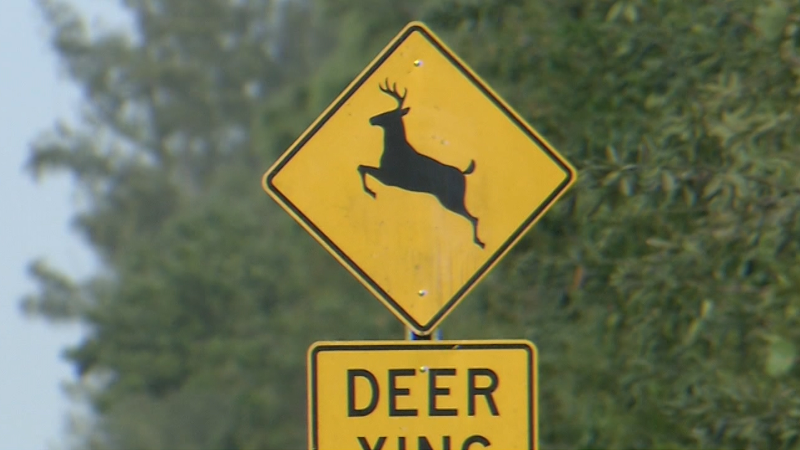Gadgets: Wireless Broadband, CarCam
DISCLAIMER: The information presented here was copied from the Verizon website as of December, 2006 and is subject to change. The opinions presented here are mine and not AccuWeather's or Verizon's. This review was written on the basis that I enjoy the service, though in the interest of full disclosure, AccuWeather does have various relationships with Verizon at this time. Other providers have similar plans as those detailed below.
A cohort here at AccuWeather recently asked me about the elusive "Wireless Broadband" Internet service. I was happy to provide information on this handy gadget, as I am intimately familiar with the Verizon which I have used since the year 2000. (Generally, I use Verizon for both cell phone and data connections because here in Central PA they have proved to be, as they say, the most reliable network). Basically, you purchase a PCMCIA (laptop) card to access the service through a cellular connection. It does not require a phone or any laptop dongles.
WHAT I HAVE (KIND-OF-BROAD-BAND WIRELESS):
Currently I have a Verizon Aircard 555 for my laptop which uses their "NationalAccessâ€Â� service. It works wherever there is digital cell coverage (all of State College, PA, location of AccuWeather HQ, and surrounding area but not all of Centre County). The speed is stated to be 100K but in reality it is generally 60-80K. It costs $59/mo for unlimited access, after you purchase the Aircard or a similar device for $50-$150. This is achieved technically through the "1XRTT" service.
THE AIRCARD 555 PCMCIA CARD
To quote the official vernacular from KarbonSystems.com:
THE "REAL" WIRELESS BROADBAND:
In (over 200) metropolitan areas (such as Pittsburgh and Philly here in PA), they have a faster version of the network called "BroadbandAccess" (which also supports things like VCast cell phone videos that we can’t get here). Speeds of that are 400-700K and it also currently sells for $59/mo.* This service is technically provided via an EDVO network.
Again to quote Karbonsystems.com:
WIRELESS INTERNET, OLD SCHOOL:
My first experience with Verizon was a previous version of the AirCard in the year 2000. It was $550 for the Aircard plus $100/mo but was CDPD technology at 14.4K speed (yikes!). However, it worked in all areas (even Analog). That was painfully expensive, but it was the only way I could get online when I went on vacation to My Beach [JessePedia] back then (they only had AOL access there and their phone lines were too weak to support a modem signal). Verizon still offers that service (called Quick 2 Net(sm)) for $0.25/min (with one of the above plans). This older kind of technology was referred to as "CDPD."
To quote PocketPcMag from 9/03:
The cool thing (at the time) was that the same PCMCIA AirCard worked in my Compaq IPAQ Pocket PC. Nowadays, these types of things are built in. This enabled me to (temporarily) provide a handheld, wireless webcam from my car and from the beach in 2005 (read more about the car cam and the beach cam.
A WEBCAM FROM MY CAR
So, to summarize, your choices with Verizon are:
: $59/mo** (plus a card that ranges from $50-$150)
Speed: 400k - 700k
**Was $79/mo; $59/mo deal quoted here
: $59/mo (plus a card that ranges from $50-$150)
Speed: 60k - 80k
): $0.25/min (with one of the above plans)
Speed: 14.4K
If you would like to purchase one of these services, and you don't already have Verizon service, the easiest thing to do is to start at VerizonWireless.com, follow the directions and pick the appropriate plan and modem card.
*Unlimited as defined by Verizon. It's important to remember, however, that these connections are not meant to be used for certain types of content (such as streaming audio/video, or probably my example above of a webcam). Verizon has been known to cut off accounts using a lot of bandwidth, though the rules are unclear.
Report a Typo















